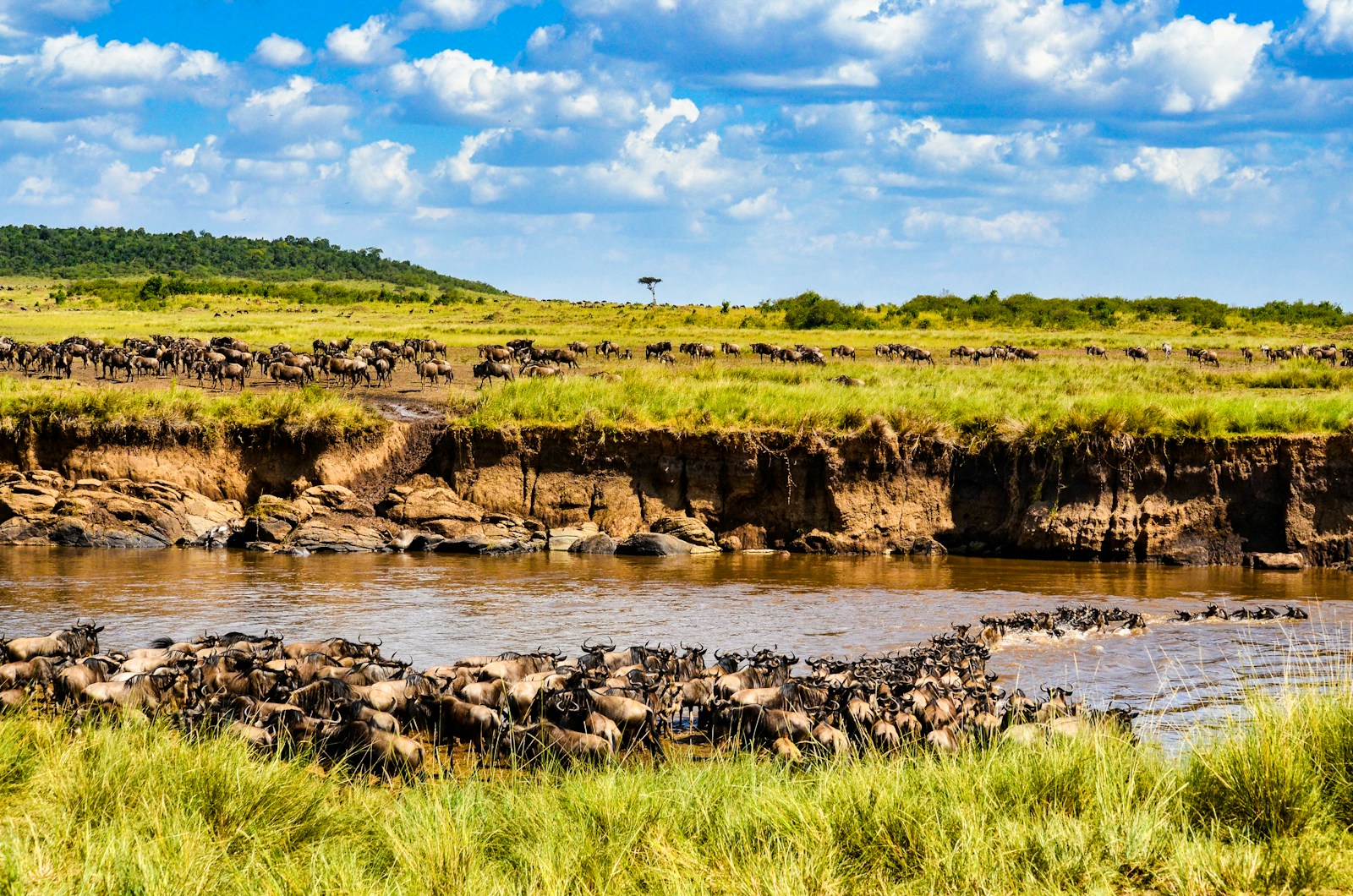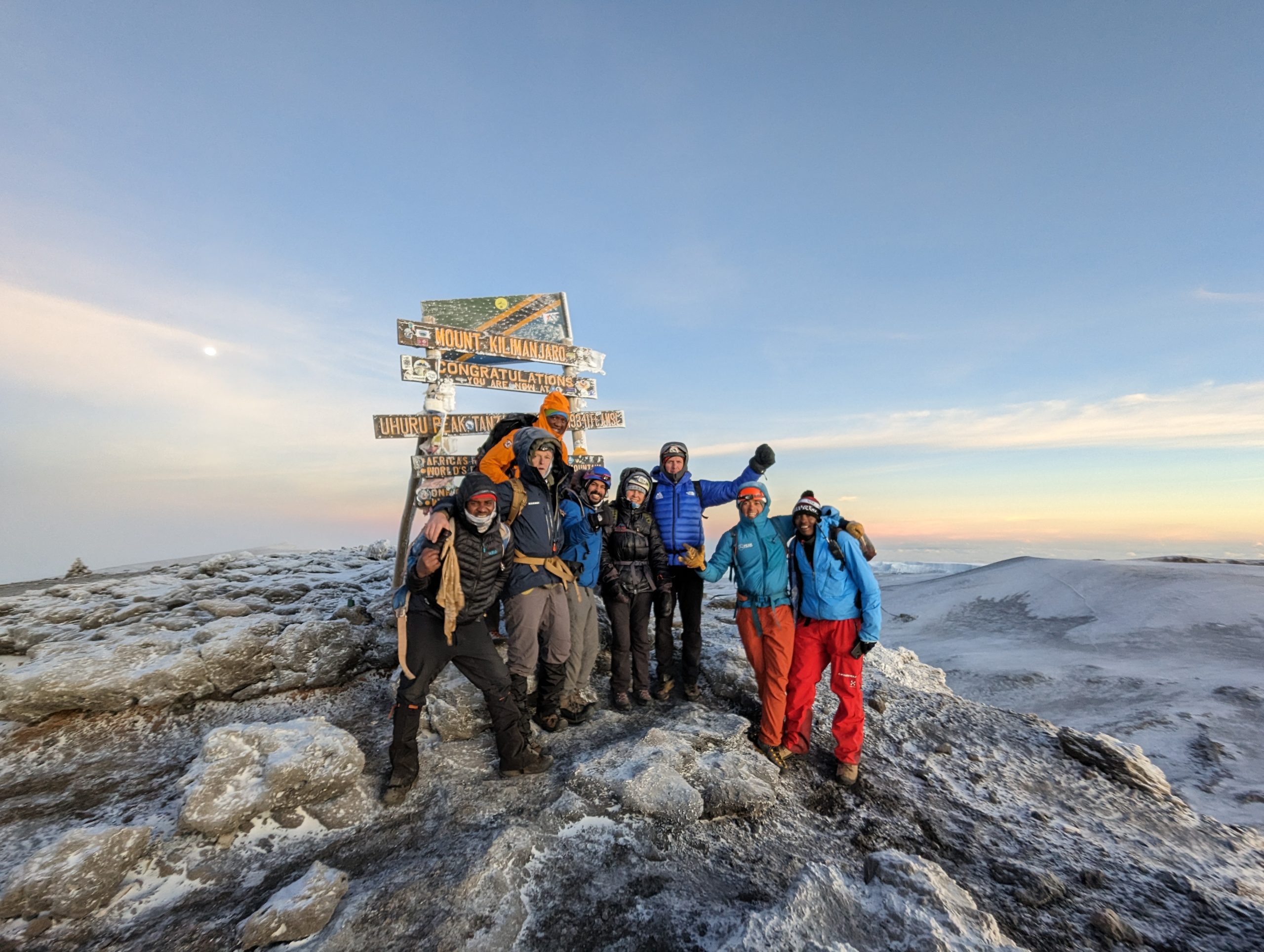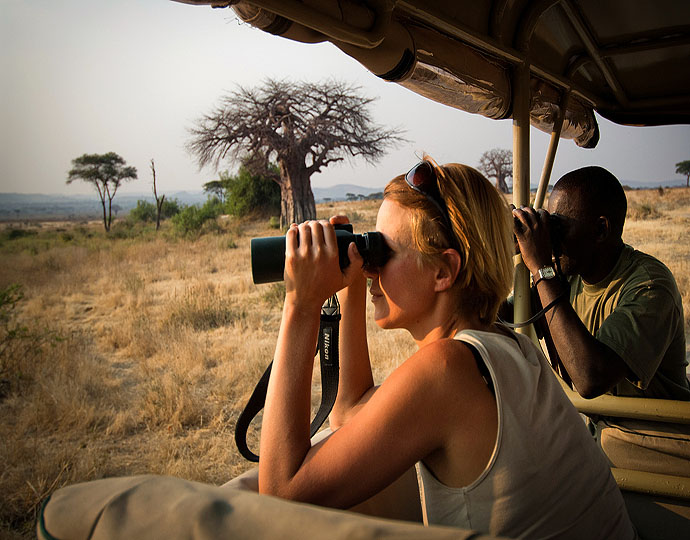
Introduction
The Great Wildebeest Migration is one of nature’s most spectacular events, drawing thousands of travelers to East Africa each year. This annual migration involves over 1.5 million wildebeest, along with hundreds of thousands of zebras and gazelles, moving across the Serengeti-Mara ecosystem in search of greener pastures. Here’s everything you need to know to plan a successful wildebeest migration safari.
When to Go
The timing of the migration can vary each year based on rainfall patterns, but the general timeline is as follows:
- January to March: Calving season in the southern Serengeti. This is a great time to witness the birth of thousands of wildebeest calves.
- April to June: The herds move northwest towards the Grumeti River, where they face their first major obstacle—crossing the crocodile-infested waters.
- July to September: The migration reaches the Mara River in the northern Serengeti and Masai Mara in Kenya. The river crossings here are the most dramatic and popular safari events.
- October to December: The herds move back to the southern Serengeti as the short rains begin, completing the cycle.
Where to Go
The migration spans both Tanzania and Kenya, offering different vantage points throughout the year:
- Serengeti National Park, Tanzania: Best for viewing the calving season and the Grumeti River crossings. Key areas include Ndutu, Seronera, and Grumeti.
- Masai Mara National Reserve, Kenya: Ideal for witnessing the dramatic Mara River crossings. Main areas include the Mara Triangle and the eastern section of the reserve.
Types of Safaris
- Mobile Camping Safaris: These offer a close-to-nature experience, moving with the herds to ensure you’re in the right place at the right time. They vary from basic to luxurious setups.
- Lodge Safaris: Provide more comfort and amenities, with fixed locations in strategic points along the migration route. Ideal for travelers looking for a bit more luxury.
- Fly-in Safaris: Combine air travel with game drives, allowing you to cover large distances quickly. Perfect for those with limited time.
What to Pack
- Clothing: Light, breathable fabrics for daytime, warm layers for early mornings and evenings, a hat, and sturdy shoes.
- Gear: Binoculars, camera with extra batteries and memory cards, sunscreen, insect repellent, and a good field guide to African wildlife.
- Health: Prescription medications, a basic first-aid kit, and any necessary vaccinations (e.g., yellow fever).
Tips for a Successful Safari
- Be Patient: Wildlife sightings can be unpredictable. Patience often leads to the most rewarding experiences.
- Listen to Your Guide: Guides are knowledgeable and experienced; their insights can significantly enhance your safari experience.
- Respect Wildlife: Maintain a safe distance, avoid loud noises, and follow park rules to ensure the safety of both you and the animals.
- Stay Flexible: The migration’s path can change, so being adaptable can help you catch the best moments.
Conservation and Sustainability
Participating in a migration safari supports local economies and conservation efforts. Opt for eco-friendly lodges and operators that emphasize sustainable practices. This ensures the preservation of the ecosystem for future generations.
Conclusion
A wildebeest migration safari is a once-in-a-lifetime adventure, offering a front-row seat to one of the most extraordinary wildlife spectacles on earth. By planning carefully and choosing the right time, place, and type of safari, you can make the most of this incredible experience.





